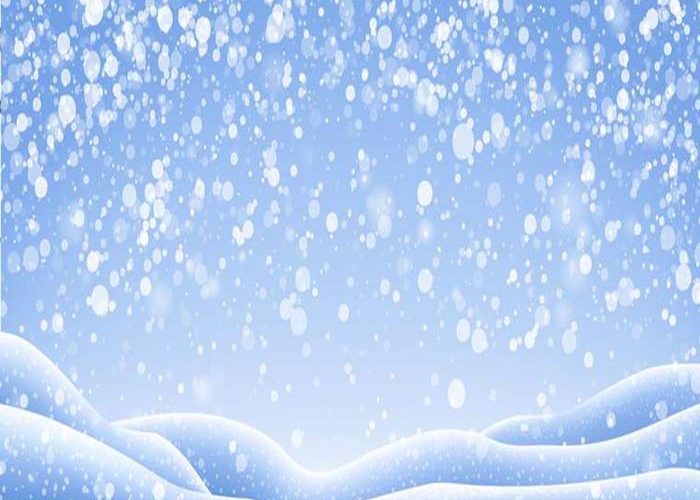Everybody loves snow; just seeing it falling from the sky, building either a snowman or a small snow cave out of it as an adult or child. The felling of watching snow falling down from the sky out of your window. Meanwhile, you are snuggled down in your blanket and surrounded by the warm and pleasant temperature of your heated house. In sum snow is simple amazing…
…But have you ever asked yourself how is snow made? Here comes the explanation:
As you might know, water can take on many different forms; from solid to liquid and gaseous. In general, the term for these types of form of water is called ‘state of aggregation’. When you go on ice you will notice that frozen water (ice) is solid. However, tap water is liquid which can become gaseous steam as soon as you boil it.
Air can absorb water. But warm air can ingest more water vapour than cold air. You can notice it after taking a very warm shower. The entire bathroom is enveloped in a large cloud of water vapor afterwards. Even seeing becomes a challenge then. Air becomes heavier which is called humidty. But when you open a window or the door of your bathroom, the water vapour cools downs. Cold air causes that water changes from a gaseous to a liquid state again.
The same way, we know it from our example of showering happens in nature as well. Wind and sun vaporize water from the earth’s surface into an evaporate form. Then air absorbs water vapour, and it rises upwards into the sky. The sky has different levels of temperatures. The higher it is the lower the temperature. Therefore, water vapour cools down as well.
In winter most of the time, temperatures are quite cold. Especially way up in the sky, the temperatures are very low there. But water doesn’t crystals just by low temperatures. It must be cold enough in the cloud in order to make crystals water, specifically zero degrees. Then small water droplets freeze, and water becomes to snow. Water isn’t any longer liquor but solid. It attaches to a freezing core made out of e.g. dust or soot. An ice crystal forms is formed from the outside. Throughout the time in the cloud the crystals get bigger and bigger by attaching more vapour. After a while they come to a certain heaviness which makes them fall to the ground as snowflakes. If it is cold enough, snow even remains on ground. However above 0 degrees snow melts immediately. Although it might feel could outside; if there are still temperatures above 0 degrees, snow melts in sky as well and becomes to raindrops.
But probably now you are even still wondering why we see snow as white.
Snow is constructed in tiny ice crystals. Ice crystals are transparent on their own. However, in snow there are many of them in cluster which creates a lot of small surfaces. It causes that light reflects in all different directions. Another reason for this peculiarity is that light is deflected at the boundary between ice and air in the cavities in snow. These circumstances (reflection and refraction) make snow milky white for us.
-by N.Horn-
Sources:
https://www.kindersache.de/bereiche/wissen/natur-und-mensch/wie-entsteht-schnee

